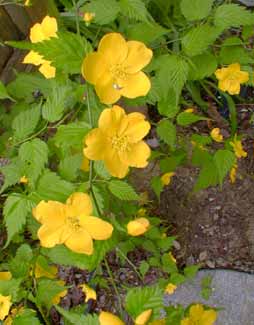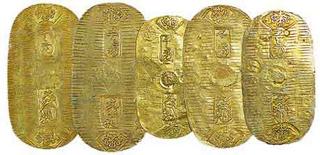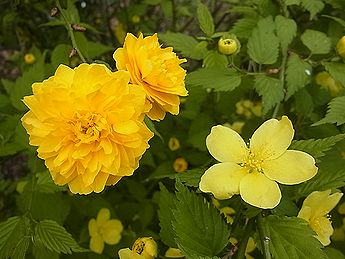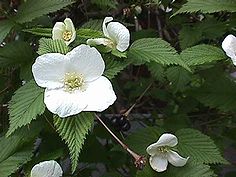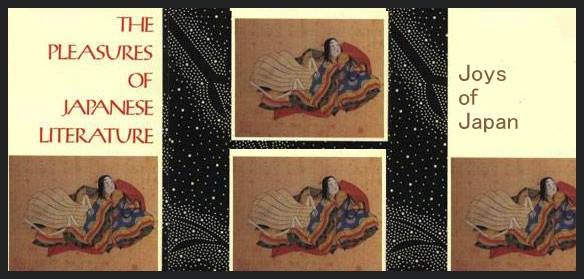:::::::::::::::::::::::::::::::::::::::::::::::::::::::::::::::::::::::::::::::::::::::::::::::::::::
Magpie (kasasagi)
***** Location: Japan
***** Season: See below
***** Category: Animal
*****************************
Explanation
Magpies (Pica Pica) are passerine birds of the crow family, Corvidae.
In Europe, "magpie" is often used by English speakers as a synonym for the European Magpie, as there are no other magpies in Europe outside Iberia. That bird was referred to as a "pie" until the late 16th century when the feminine name "mag" was added to the beginning.

Magpies are believed to be among the most intelligent of animals: the European Magpie is one of the few animal species known to be able to recognize itself in a mirror test. In the UK, the Magpie has long been associated with a habit of stealing or otherwise collecting shiny objects, however this belief has no evidence in wildlife studies.
© More in the WIKIPEDIA !
:::::::::::::::::::::::::::::::::::::::::::::::::::::::::::::::::::::::::::::::::::::::::::::::::::
animal kigo for all autumn
Magpie, kasasagi 鵲 (かささぎ)
"Korean crow", koorai garasu 高麗鴉(こうらいがらす)
..... choosen garasu 朝鮮鴉(ちょうせんがらす)
Chinese crow, too garasu 唐鴉(とうがらす)
Chikugo crow, Chikugo garasu 筑後鴉(ちくごがらす)
Hizen crow, Hizen garasu 肥前鴉(ひぜんがらす)
Chikugo and Hizen are provinces of Kyushu, Japan.
"winning crow", kachi garasu 勝烏(かちがらす)
:::::::::::::::::::::::::::::::::::::::::::::::::::::::::::::::::::::::::::::::::::::::::::::::::::
animal kigo for late winter
kasasagi hajimete su kuu
鵲初めて巣くう (かささぎはじめてすくう)
magpie making a nest for the first time
..... kasasagi su o kuu 鵲巣をくう(かささぎすをくう)
..... kasasaki su o kuisomuru 鵲巣をくいそむる(かささぎすをくいそむる)
:::::::::::::::::::::::::::::::::::::::::::::::::::::::::::::::::::::::::::::::::::::::::::::::::::
observance kigo for early Autumn
. kasasagi no hashi 鵲の橋(かささぎのはし)
"magpie bridge" .
On the Tanabata star festival night, magpies come togther to build a bridge with their wings to make the stars reach each other.
*****************************
Worldwide use
Australia
The Australian Magpie (Gymnorhina tibicen) is a medium-sized black and white passerine bird native to Australia and southern New Guinea. A member of the Cracticidae, it is closely related to the butcherbirds.

The Australian Magpie was first described by English ornithologist John Latham in 1802 as Coracias tibicen, the type collected in the Port Jackson region. Its specific epithet derived from the Latin tibicen "flute-player" or "piper" in reference to the bird's melodious call.
An early recorded vernacular name is Piping Roller, written on a painting by Thomas Watling, one of a group known collectively as the Port Jackson Painter,sometime between 1788 and 1792.Tarra-won-nang, or djarrawunang, wibung, and marriyang were names used by the local Eora and Darug inhabitants of the Sydney Basin.
© More in the WIKIPEDIA !
Here in South Australia our national emblem is the Piping Shrike or Magpie.
time ceases motion
magpies laze in tall gum trees
the wind blows backwards
- Shared by Chris Loft -
Joys of Japan, 2012
:::::::::::::::::::::::::::::::::::::::::::::::::::::::::::::::::::::::::::::::::::::::::::::::::::::::
Germany
Elster, Pica pica
:::::::::::::::::::::::::::::::::::::::::::::::::::::::::::::::::::::::::::::::::::::::::::::::::::::::
Mongolia
Magpie is a bird that is the symbol of good news. If magpie calls in the morning, it's a signal that guest is coming.
Also magpie is a messenger of the eternal blue sky.
magpie calls...
blues in my heart rumbles
with new harmonies
- Shared by Zaya Nergui -
Haiku Culture Magazine, 2013
. WKD : MONGOLIA SAIJIKI .
In Mongolia, the Magpie is considered a clever bird with control over the weather.
BTW
In China, the Magpie is a symbol of good fortune and a singing Magpie foretells happiness and good luck.
In Korea, the Magpie delivers good news and invites good people into your life. He is also seen as the village spirit. Therefore in Korea, the Magpie is seen as the symbol of good luck and happiness.
source : www.tmfairy.co.uk
*****************************
Things found on the way
*****************************
HAIKU
morning concert
the magpie robin flies off
when I step outside
magpie robin –
five minutes of song
fill the whole day
raindrops on the fence
a young magpie robin
practises its song
- Shared by Johannes Manjrekar -
Joys of Japan, 2012
मैगपाई रोबिन-
गीत के पाँच मिनट
भरा भरा पूरा दिन
Hinid Tr. Charan Gill
The Oriental Magpie-Robin (Copsychus saularis)
is a small passerine bird that was formerly classed as a member of the thrush family Turdidae, but now considered an Old World flycatcher. They are distinctive black and white birds with a long tail that is held upright as they forage on the ground or perch conspicuously.

Distributed in most of the Indian Subcontinent and parts of Southeast Asia, they are common birds in urban gardens as well as forests.
They are particularly well known for their songs and were once popular as cagebirds.
© More in the WIKIPEDIA !
*****************************
Related words
***** . BIRD SAIJIKI .
[ . BACK to WORLDKIGO . TOP . ]
:::::::::::::::::::::::::::::::::::::::::::::::::::::::::::::::::::::::::::::::::::::::::::::::::::::





















